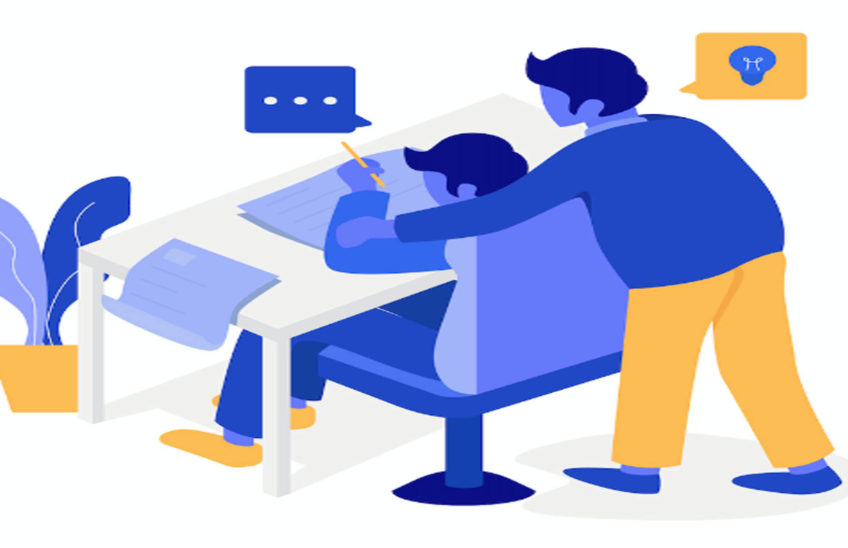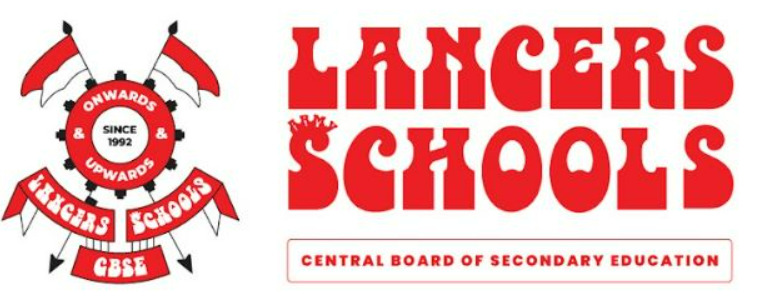
Try to picture a classroom full of students that probably do not focus on an individualistic approach to impart education! In most instances, maybe the teacher does not cater to every child’s learning capabilities while taking the class through the same lessons or rather fails to understand the unique needs of every child. This kind of a “one size fits all” approach leads to children being kept away from establishing an individualized learning experience with education, as well as their teachers.
The need of the hour thus is to introduce personalization in education, wherein, every student gets to address the what, where, and how of a learning module based on his/her strengths, skills, needs, and interests. Simply put, personalized education is a modern educational approach that aims to customize learning according to each student’s learning capabilities. In this case, each child may learn at different paces yet stays on track with the rest of the class.
Let us now understand the importance of introducing personalized education in schools.
Every kid can have different ways and paces of learning, and the ultimate motto of personalized education is to deliver education to every kid based on the same premise. Every student is handed a ‘learning plan’ based on what he/she knows, and what his skills and interests are. Subsequently, every student works with their teachers to identify and set short-term and long-term goals. Such an interactive process of learning helps children take ownership of their learning.
Teachers, on the other hand, ensure that the learning plans provided to each student match up to the academic standards. This is followed by monitoring the students to check if they are demonstrating the skills that they are expected to learn as they progress through their learning process. If students are provided with the right support and accessible learning strategies, they shall be able to engage with education in a far more interesting and interactive way. This would especially help students who lack quick learning capabilities.
So you see, personalized learning challenges the ‘one size fits all’ model of education that is often considered as a benchmarked standard of education in most schools.
How personalized learning can be introduced in schools
Although not every school is mandated to follow strict regimes of personalized education, these four learning models are most commonly used across personalized education schools. Each of these models set high expectations for all students and aligns their learning techniques to a set of best practices.
Creating learner profiles
Learner profiles of students help a school analyze and understand every student’s unique skills, strengths, goals, and interests. These profiles are updated at frequent intervals, which help teachers to track every student’s learning progress on a time-to-time basis and thereafter make further decisions to positively impact student learning. For students, learner profiles are a great medium to understand their progress. As a 360° review mechanism, the teacher, the student, and even the parents are aware of the child’s educational progress. If need be, they can collectively change a learning method before the child does poorly in his/her curriculum.
Using personalized learning paths
Quite often, schools create a student’s learning schedule based on his/her weekly updates about academic progress and interests. Such an approach twists the monotonous approach to learning and gives every student the freedom to work on different skills at different paces. This often tends to include several learning methods; for instance, project-based learning, peer discussions, and one-on-one-tutoring with teachers. Personalized learning paths help each student customize a learning path that responds or adapts based on his/her progress, motivations, and goals.
Tracking competency-based progression
Some schools assess students to monitor their progress towards specific goals. This helps students to understand what they need to master. Such an approach is mainly deliberated to test competencies related to specific skills, knowledge, and character development.
Introducing flexible learning environments
Flexible learning environments are thoughtfully designed and created based on how students learn best. This includes revamping the physical structure of the class, how the school timings are placed, and how teachers are allocated.
Personalized education helps a school to build a special relationship with every student. However, before rolling out an individualized model of education like this, schools must ensure that their teachers have enough inclusion training. Remember, the more a teacher can identify and respond to a child’s unique requirements, the more effective personalized education is going to be!

